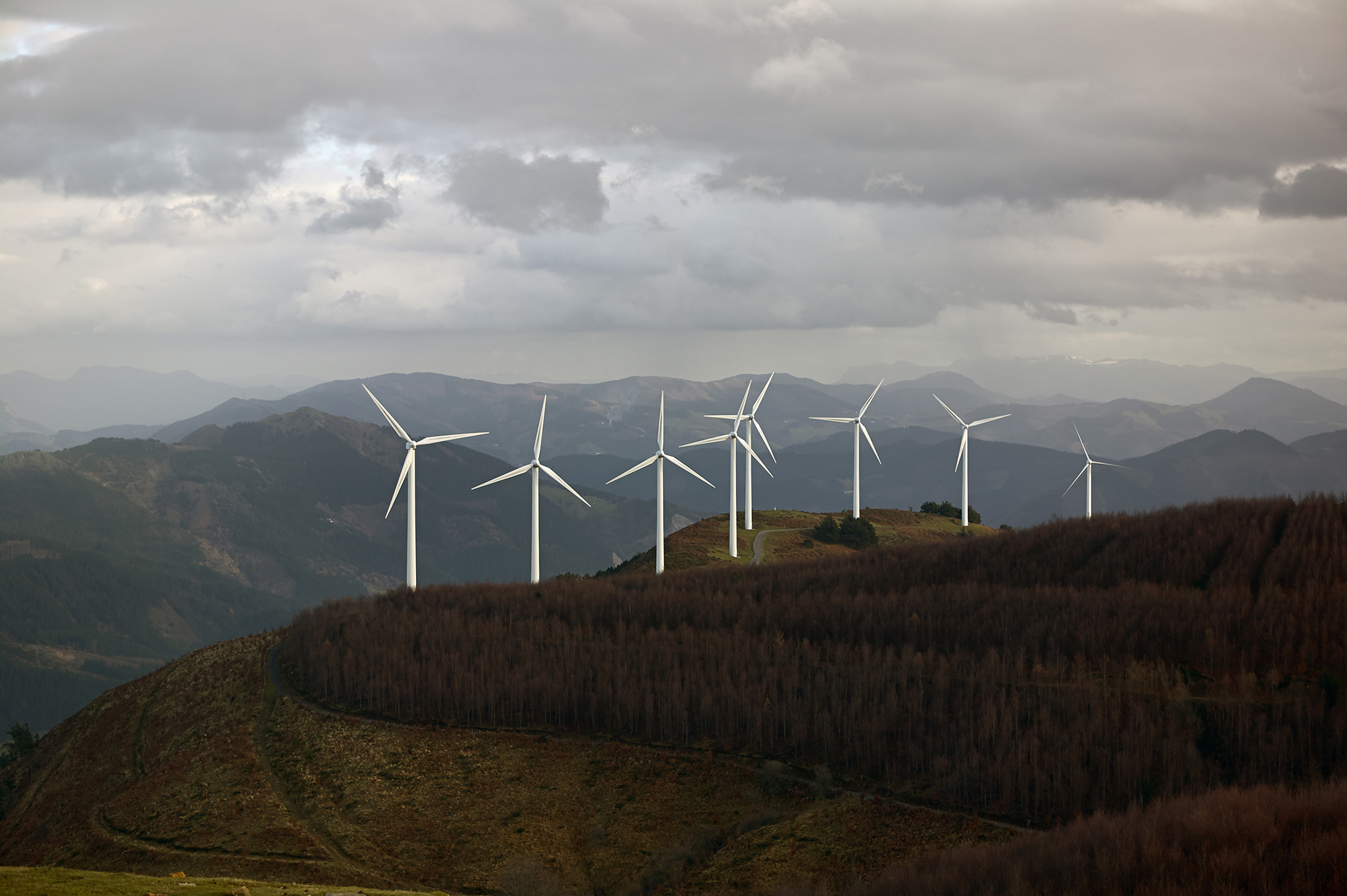
This past weekend I had the opportunity to attend the 2017 Social Enterprise Conference at Harvard University and was very excited to hear from various panelists and speakers across industries. Amongst other things, these experts addressed the role of impact investing in solving the current environmental problems that we face. At the Green Impact Investingpanel, Stewart Langdon from Leap Frog Investments acted as moderator for the discussion, which featured Tom Flahive, Shu Dar Yao and Amanda Zheng, from Cross Boundary, Citigroup, and China Impact Ventures respectively.
With expertise in different regions that included the United States, China and the African continent, the panel discussed the type of investments available in the green sector. The conversation then continued to address impact measurement methods, the current trends seen in the field, and their predictions for the future of green impact investment. It was great to hear that investors are recognizing the importance of supporting green ventures that tackle “the world’s biggest problems”, as stated by Langdon. Overall, it seems that there is interest in projects that advance innovation and are able to provide a good return on their investment.
From her experience at Citigroup, Yao noted that green bonds are “the gateway drug of impact investment”. She commented that they are very different to other social investments; mainly because they’re low risk, highly rated investments that are backed up by the revenues of large, well-known companies or organizations that issue them (such as the Climate Bond Initiative). According to Yao, the market is booming so much that it is now over $81 billion and is predicted to reach the $100 billion this year.
Zheng emphasized the importance of following-up on green investments and the projects that are receiving this capital, which in her work at China Impact Ventures has seen positive outcomes. Flahive, on the other hand, noted that in his practice it is usual for those who are already invested in impact investment fields to become interested in building a “green portfolio”. While it is good news that impact investors are looking into green bonds or investments in clean technology, it is still challenging to convince an average investor to put their money into these projects. Zheng echoed this view by commenting that in China, impact investors are “entrepreneur investors”, and though it is gaining traction, it’s still a very new field.
The panel concluded with comments on their hopes for the future of green investments and noted a few challenges ahead. With high amounts of capital available, Zheng hopes to see more entrepreneurs take advantage of this capital to make a positive impact in the world. In addition, both Flahive and Zheng agreed in that “the future is solar”, noting that in China this technology is already becoming more affordable.
Finally, it was interesting to see that the panel agreed in that the impact investment sphere faces regulation hurdles which can prevent investors from jumping onboard. The funds that foundations have available, for example, can only be donations not investments, therefore reducing the pool of available capital that could go into the green impact investment market. Nevertheless, Zhang seemed to be hopeful of the future, noting that cities like Shanghai and Shenzhen are in the process of becoming more open to work for regulation for impact investment.

